I’ve covered football for over a decade, from Friday night lights to messy Sundays. So I’ll hit you with the short answer: there are four quarters. When people ask me how many quarters in football, I say four, with a grin, because the real story is the clock, the game flow, and the chaos around halftime, timeouts, and momentum in the NFL and college football.
Each quarter is a fixed length. But the way the clock stops? That’s the fun part. In the NFL and college, a quarter is 15 minutes. In high school, it’s 12. The clock stops on incomplete passes, out-of-bounds plays, timeouts, and a bunch of other tiny rule nuggets that drive coaches—and me—a little wild.
If you want the official legalese on this stuff (bring caffeine), the league posts the basics here: NFL game timing rules. It’s dry, but it’s legit.
Quarter Lengths by Football Level (NFL, College, High School, Youth)

Here’s the simple view. I keep this in my head when I’m explaining the game to friends who are new to it.
| Level | Quarters | Minutes per Quarter | Halftime | Two-Minute Warning | Team Timeouts |
|---|---|---|---|---|---|
| NFL | 4 | 15 | About 12–13 minutes | Yes (end of Q2 and Q4) | 3 per half |
| College (NCAA) | 4 | 15 | About 20 minutes (varies) | No | 3 per half |
| High School | 4 | 12 | About 10–20 minutes | No | 3 per half (usually) |
| Youth | 4 | 8–12 | Short | No | Varies |
If you’re wondering how long games actually take in real life (spoiler: longer than the math), I wrote up a handy guide on football game lengths that breaks down why a “60-minute game” somehow eats three hours of your day.
Why Football Uses Four Quarters Instead of Halves
Strategy and TV, mostly. Quarters create natural breaks for ads, sure, but also for teams to adjust. Coaches script plays to open the game, reassess at halftime, and then race the clock in the fourth. The two-minute warning in the NFL is like a built-in timeout that flips play-calling into hurry-up mode. College ball skips that warning but still stops the clock for first downs, which makes late drives feel like fast-forward with brief pauses.
If you want a broad rules refresher that doesn’t assume you’ve lived in a film room, the overview here is clean: Rules of American football. Not perfect, but useful.
What Each Quarter in Football Feels Like
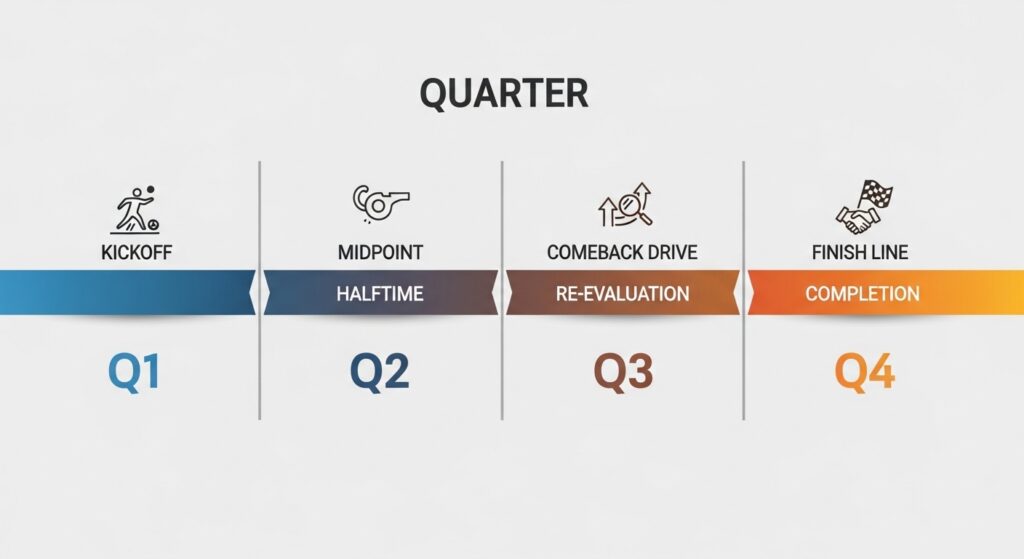
First quarter: testing the waters
In my experience, Q1 is vibe check time. Teams feel each other out. Field position matters more than it gets credit for. You’ll see scripted plays, safe reads, and one “let’s see if the corner bites” deep shot. I’ve called games in our live commentary stream where the first quarter looked boring—and then one short field changes everything.
Second quarter: points and setup
Q2 usually opens up. Defenses show what they’re willing to give. Offenses press the edge. If a drive starts with five minutes left, everyone is thinking clock management. That last minute before halftime? It’s the dress rehearsal for late-game chaos.
Halftime: longer than you think
Halftime is where the game shifts. In college, it’s long. In the NFL, it’s quicker but still enough for major tweaks. Fans get snacks. Coaches get whiteboards. And the band gets their moment. That’s the heart of matchday culture, honestly—those silly rituals that suddenly feel like oxygen when your team is down three.
Third quarter: the chess match
I’ve always found that Q3 separates the grown-ups from the pretenders. Adjustments show up here. New blocking looks. Bait coverages. The stuff a casual viewer misses live but the tape exposes on Monday. I break down this part of the game a lot in our match analysis section because that’s where a coach’s plan either sings or crumbles.
Fourth quarter: pure chaos
The fourth is mostly stress and clock math. Two-minute drill. Sideline routes. Clock stops with incomplete passes. No one runs out of bounds by accident anymore. Everyone knows the math, and you can feel it in the stadium. I’ve seen teams go conservative and choke. I’ve seen backups become heroes in eight plays. It’s harsh and beautiful in a very football way.
Football Clock Rules You’ll Actually Notice During Games
- The clock stops on incomplete passes and out-of-bounds plays.
- First downs stop the clock in college (until the ball is set), but not in the NFL.
- Penalties, injuries, and timeouts stop the clock everywhere.
- NFL has a two-minute warning in Q2 and Q4. College doesn’t.
- Play clock matters: usually 40 seconds after a play, 25 after stoppages.
Overtime Rules, Tie Games, and Common Confusion
Overtime rules are not the same everywhere. In the NFL regular season, both teams can touch the ball unless the first drive is a touchdown. In the playoffs, both sides get a chance, even if the first team scores a touchdown. In college, it’s a trade-off format from the 25-yard line with twists after the second OT. High school varies by state. That’s why your uncle argues with the TV every January.
Do Preseason or Playoff Games Have Different Quarters?
Nope. Still four. But game flow changes. In preseason, the rotations are wild and the second half can feel like auditions. In playoffs, every second is a science project. You’ll see timeouts used to force a punt unit to think. Or to get the right blitz on the field. It’s nerdy. I love it.
How Quarters Affect Player Value and Draft Evaluation

Here’s my spicy take: quarter structure props up certain QB types. Two-minute drills favor guys with quick processing and boundary accuracy. That matters when I’m sifting through NFL mock draft smoke screens in the spring. I ask: who can run a clean four-minute offense to close a game? Who doesn’t panic at 1:12 with no timeouts? That’s quarters talk, not just arm talent.
Football vs. Soccer: Quarters vs. Halves Explained
Yeah, different sport, different clock culture. Soccer flows. Football is stop-start by design, which makes coaching and situational play huge. The quarter breaks are the spine of the sport here. They make space for strategy swings, TV, and your bathroom break. Everybody wins. Mostly.
Key Things to Watch in Each Quarter
- Q1: Field position and first scripted drives.
- Q2: Two-for-one chances (score before half, get the ball after).
- Q3: Who adjusted coverage and protection schemes.
- Q4: Timeout usage, sideline route discipline, and QB decision-making.
Common Myths About Football Quarters
- “Games are 60 minutes.” On paper. Real time is longer. Ads, reviews, clock stops.
- “The clock always stops at first down.” Not in the NFL. College only (with a reset).
- “Halftime is the same everywhere.” It isn’t. College is longer.
If your cousin asks again how many quarters in football, tell them four and then point at the clock rules. Most confusion comes from stops and starts, not the number itself.
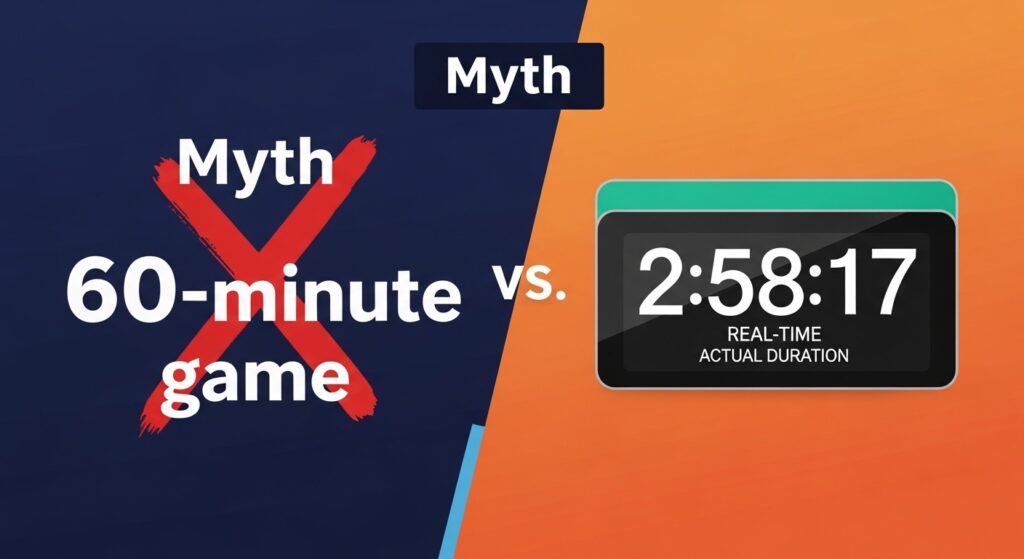
If you ever want to get super nerdy, the NCAA rulebook is a free download, but it’s heavy reading and weighs a lot in brain cells: 2023–24 NCAA Football Rules. I keep it on my desktop like a strange trophy.
Final Quick Facts About Football Quarters
- Four quarters at every level. Length varies by level.
- NFL and college: 15-minute quarters. High school: 12.
- Halftime is a real thing. Longer in college.
- NFL has two-minute warnings; college doesn’t.
- Overtime rules are different across levels.
Now you know how many quarters in football, but more importantly, why the flow feels the way it does on TV and in the stadium. That’s the part I care about, and the part that keeps me coming back every week.
FAQs: Football Quarters and Game Length
Do all levels of football use four quarters?
Yes. NFL, college, high school, and youth all play four quarters. The time per quarter changes by level.
How long is halftime?
NFL is around 12–13 minutes. College is closer to 20. High school varies by state and event.
Does the clock stop at first down?
In college, yes (briefly, until the ball is set). In the NFL, no. That’s a big late-game difference.
Is the two-minute warning in college football?
Nope. That’s an NFL-only feature at the end of the second and fourth quarters.
Why does a 60-minute game take three hours?
Stoppages, replays, timeouts, penalties, and TV breaks. Simple as that. The ball is live far less than you think.

I’m Daniel Moore, and I live for the thrill of the game. Get energetic live commentary, detailed match analysis, data-backed betting predictions, and official team rankings right here.
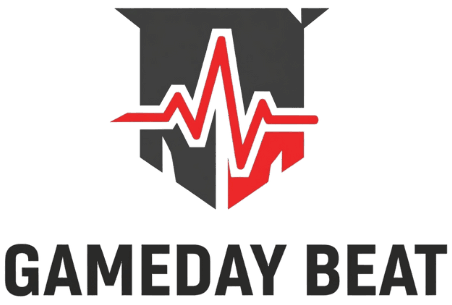
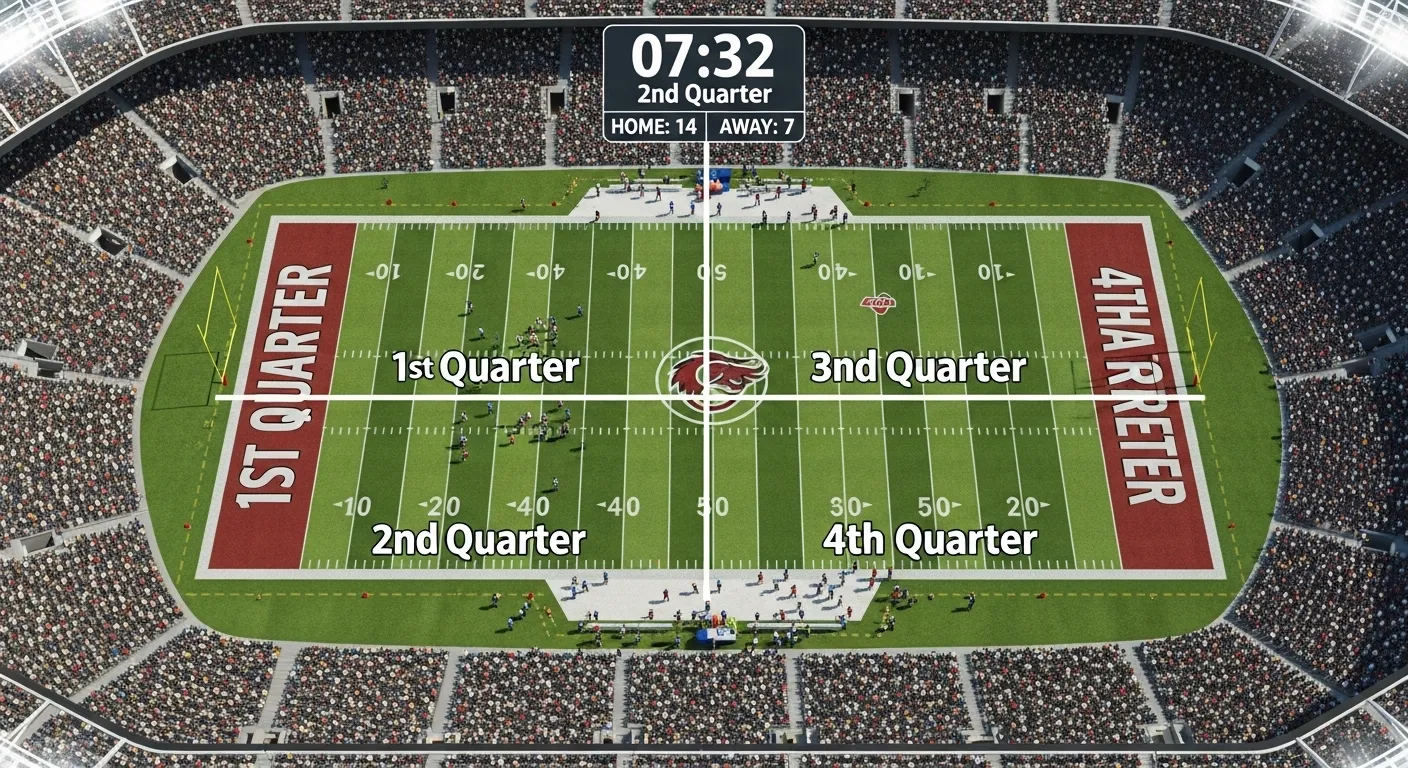

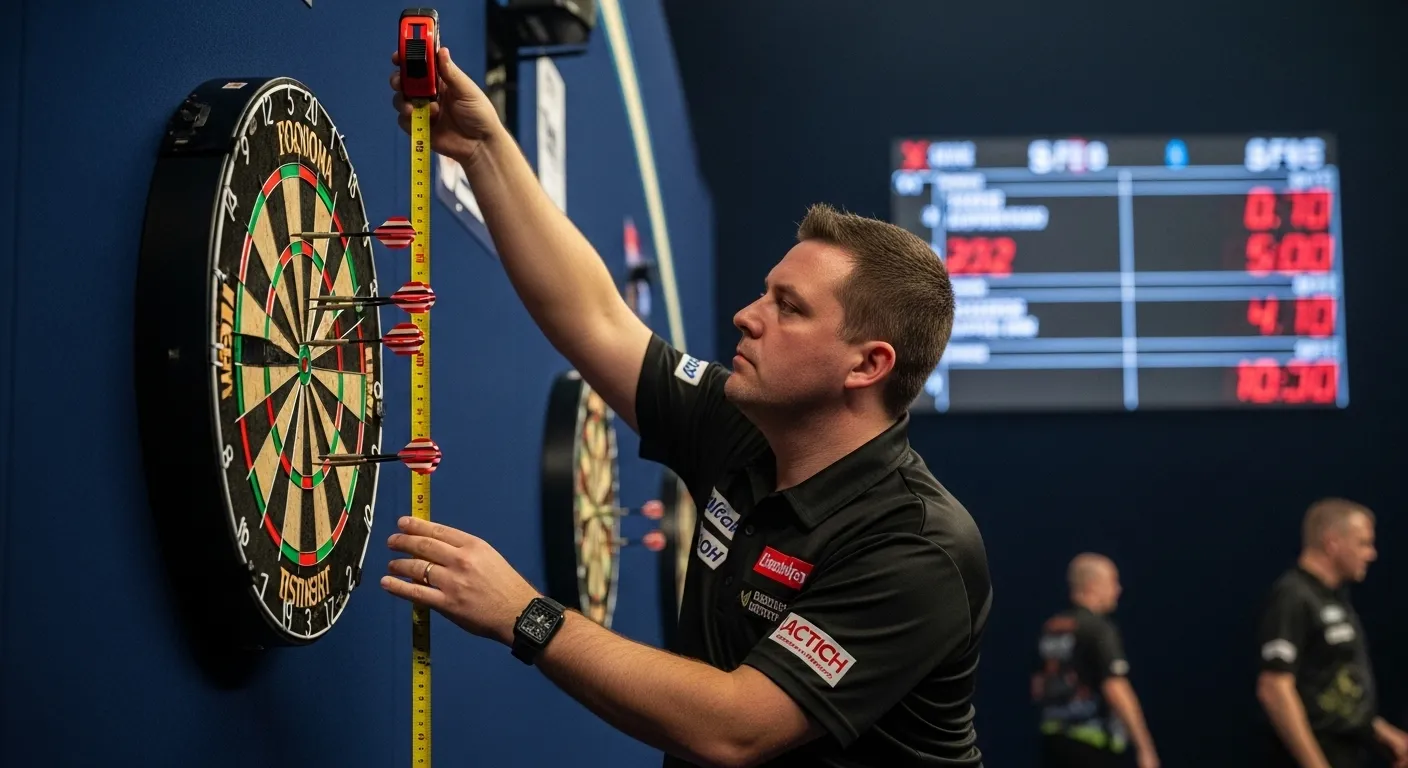
How does the length of halftime impact the momentum of the game?